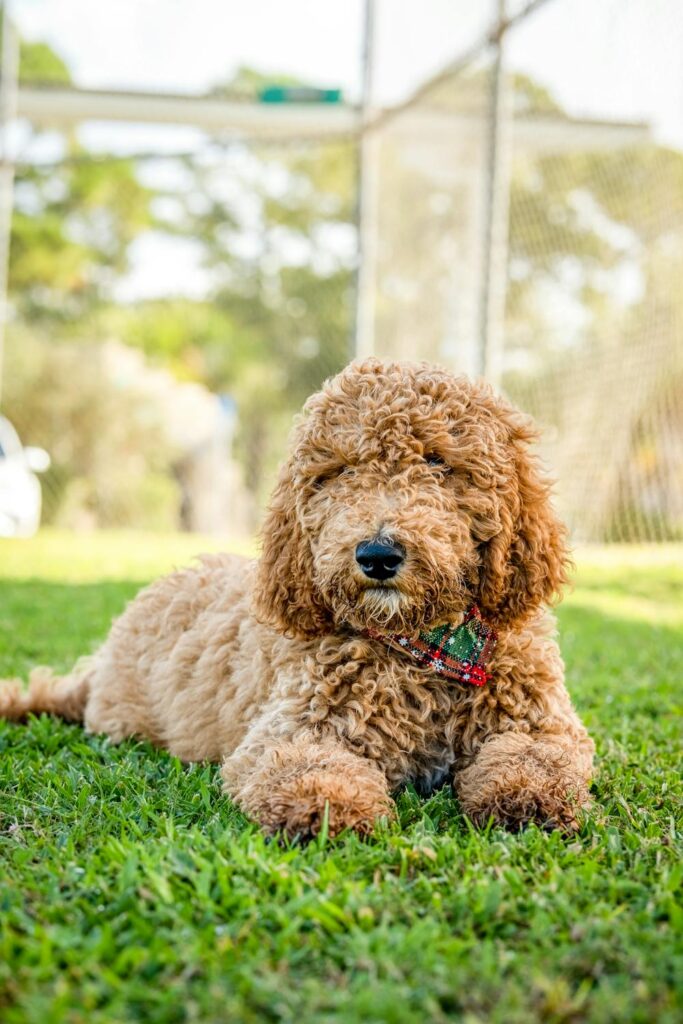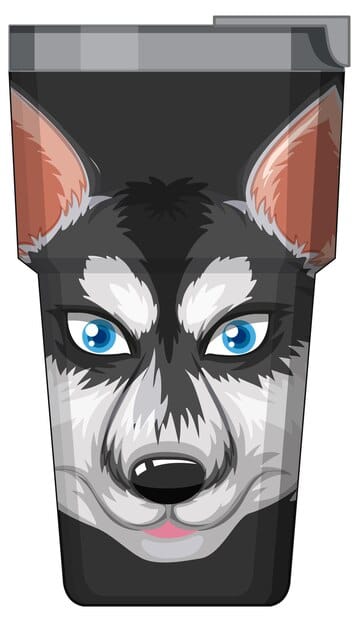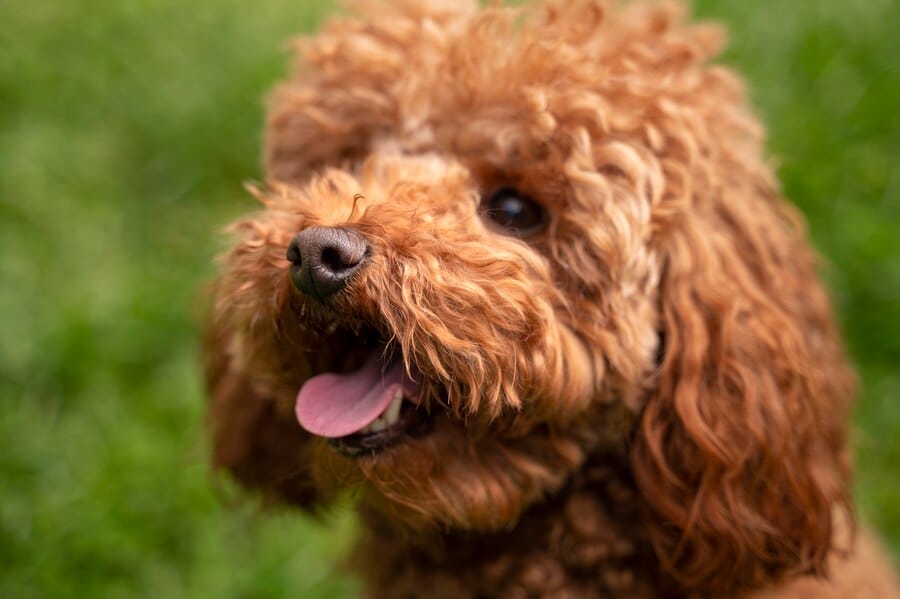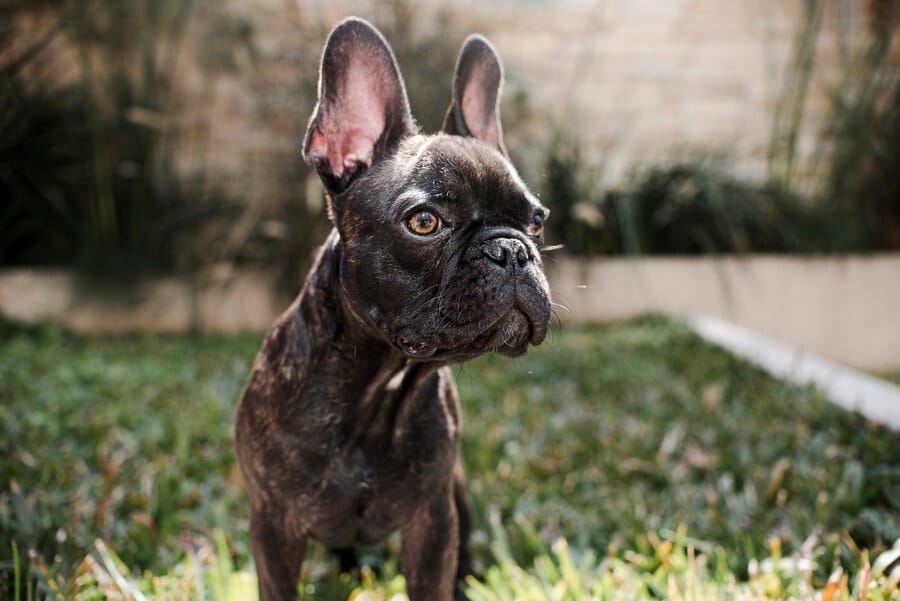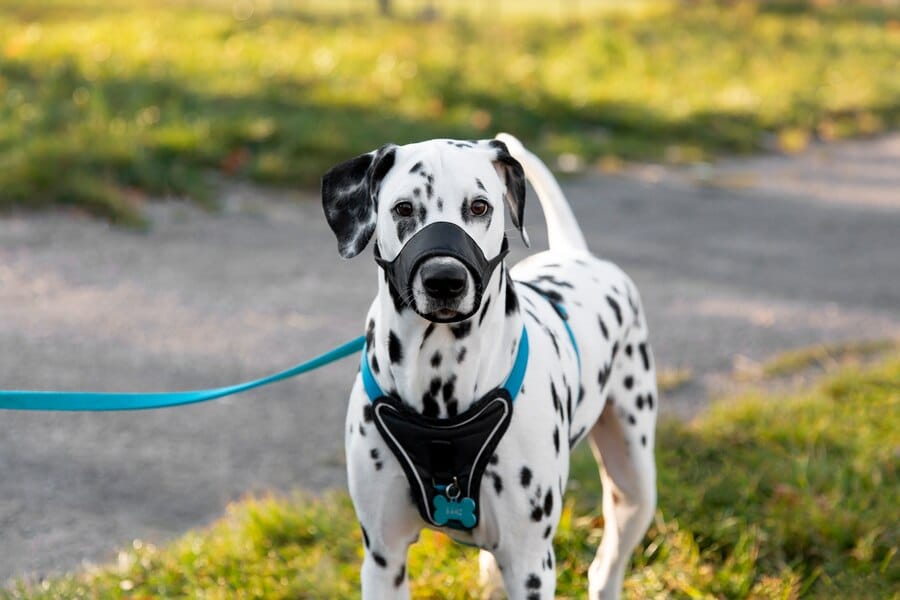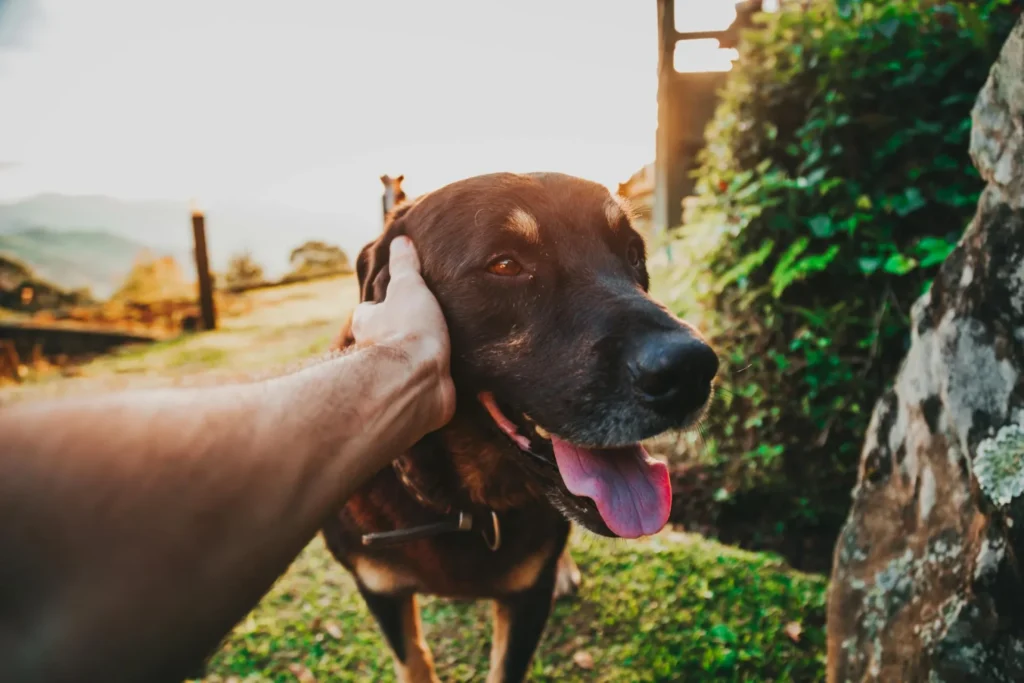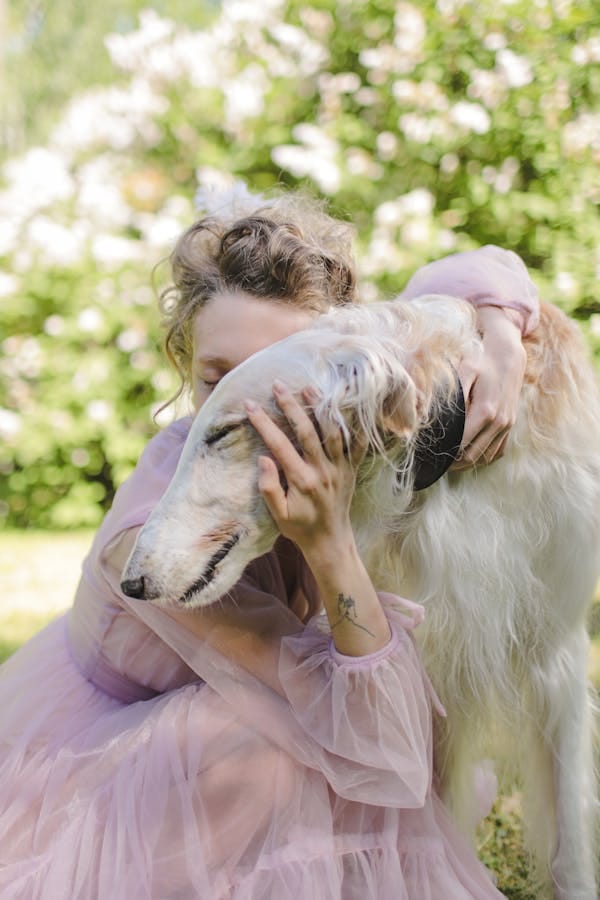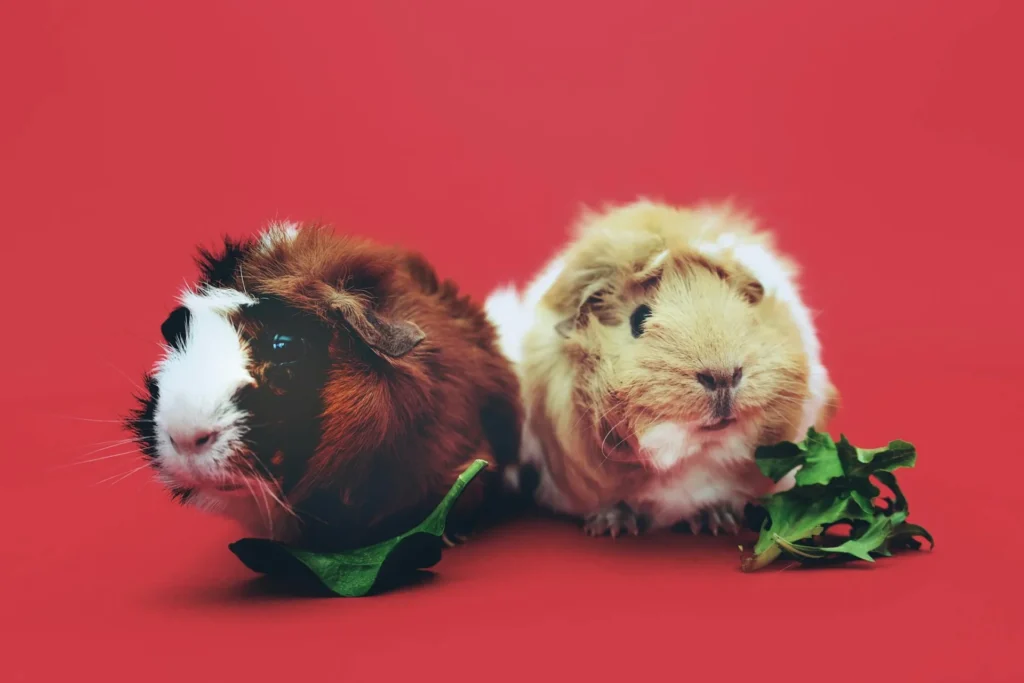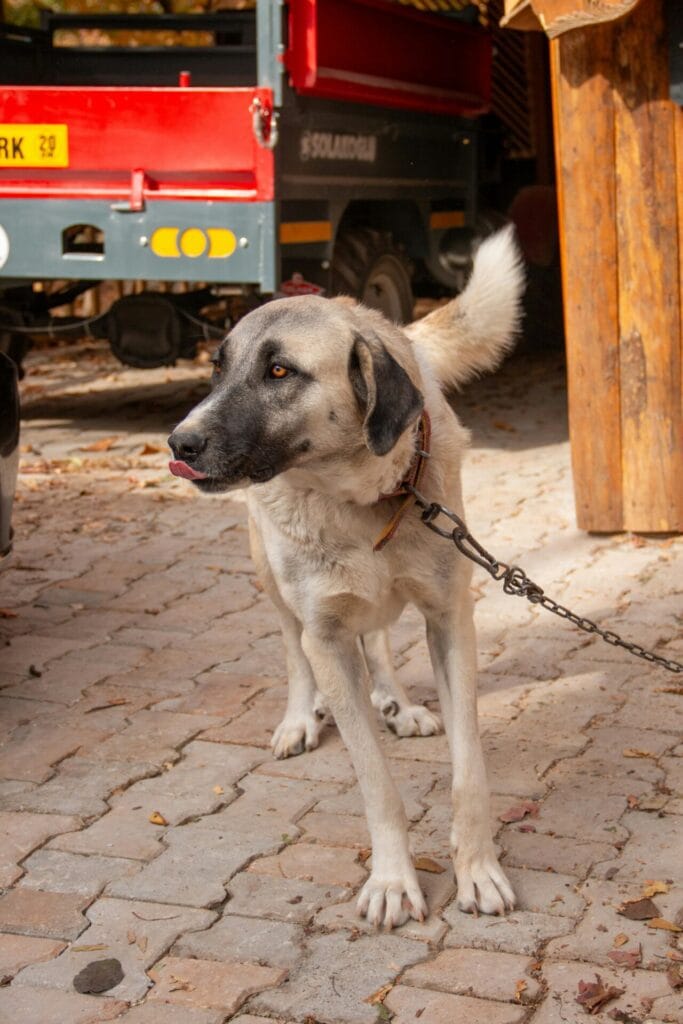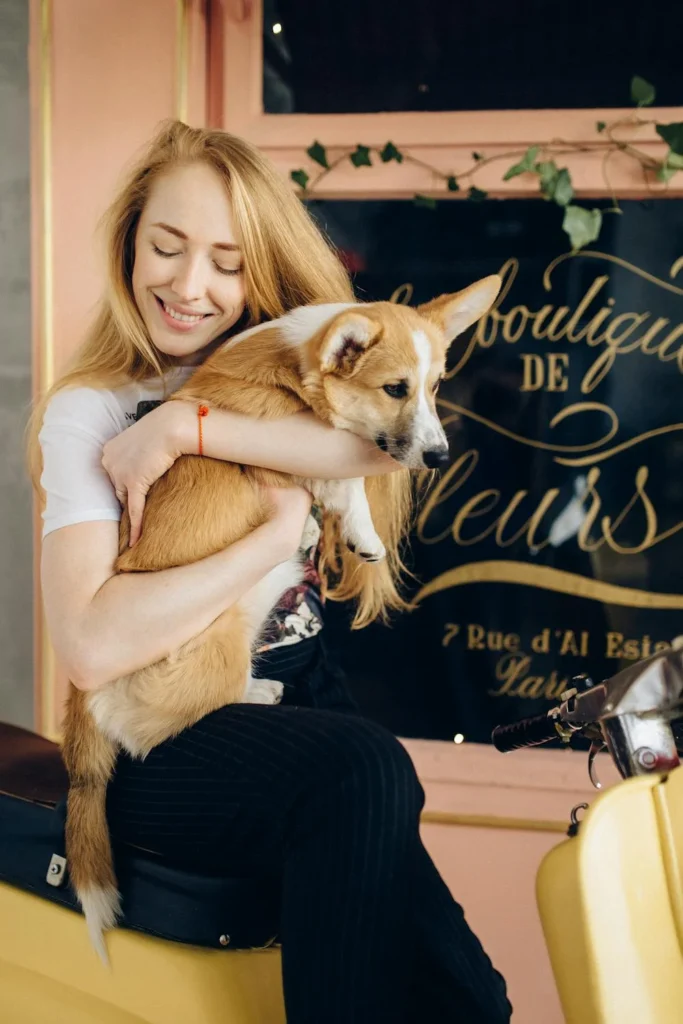- Introduction: When Doodles Get Mouthy 🗣️
- What Exactly is Mouthiness? 🤔
- Are Doodles More Mouthy Than Other Breeds? 🐕
- The Science Behind Mouthiness: Why Do Doodles Do It? 🧪
- The Doodle Mouth Matrix: Different Types of Mouthiness 📊
- Nature vs. Nurture: Is Mouthiness Inherited or Learned? 🧬
- The Mouthing Timeline: What to Expect at Different Ages 📅
- Training Techniques: Teaching Your Doodle to Mind Their Manners 🎓
- The Don’ts of Dealing with Doodle Mouthiness ❌
- Chew on This: Providing Appropriate Outlets for Mouthing 🧸
- When Mouthiness Might Be More: Red Flags to Watch For 🚩
- The Role of Exercise in Managing Mouthiness 🏃♂️
- Breed-Specific Mouthiness: Are Some Doodles More Mouthy Than Others? 🐩
- The Impact of Spaying/Neutering on Mouthiness 💉
- Mouthiness Myths: Debunking Common Misconceptions 🙅♂️
- The Role of Diet in Mouthiness: You Are What You Eat 🍽️
- The Psychology of Mouthiness: Understanding Your Doodle’s Mind 🧠
- Environmental Factors: How Your Home Affects Mouthiness 🏠
- The Impact of Socialization on Mouthiness 🐾🤝
- When to Seek Professional Help 🆘
- The Future of Your Doodle: Life After Mouthiness 🌈
- Frequently Asked Questions About Doodle Mouthiness 🤔
- Conclusion: Embracing Your Doodle, Mouthiness and All 💖
Introduction: When Doodles Get Mouthy 🗣️
Picture this: You’re snuggling on the couch with your adorable Doodle, enjoying a peaceful evening. Suddenly, those puppy teeth are nibbling on your fingers, or worse, your favorite shoes! If this scenario sounds all too familiar, you’re not alone. Many Doodle owners find themselves asking, “Are Doodles mouthy?”
The short answer? Yes, Doodles can be mouthy. But don’t panic! This behavior is more common than you might think, and more importantly, it’s manageable. In this comprehensive guide, we’ll dive deep into the world of Doodle mouthiness, exploring everything from why it happens to how you can curb this behavior.
Whether you’re a seasoned Doodle parent dealing with a nippy pup or a prospective owner wondering what you’re getting into, this article is your go-to resource for understanding and addressing mouthiness in Doodles. So, let’s sink our teeth into this topic (pun intended) and unravel the mystery of Doodle mouthiness!
What Exactly is Mouthiness? 🤔
Before we go any further, let’s clarify what we mean by “mouthy.” In the dog world, mouthiness refers to a tendency to use the mouth excessively in interactions. This can include:
- Nibbling or gentle biting during play
- Chewing on objects (appropriate or not)
- Mouthing hands or clothing
- Carrying objects around in the mouth
- Excessive licking
It’s important to note that mouthiness is different from aggressive biting. Mouthy behavior is usually playful or exploratory, while aggressive biting is a more serious issue that requires professional intervention.
Are Doodles More Mouthy Than Other Breeds? 🐕
This is a tricky question to answer definitively, as mouthiness can vary greatly from dog to dog, regardless of breed. However, there are some factors that can make Doodles prone to mouthiness:
- Retriever Heritage: Many Doodles have retriever ancestry (think Labradoodles and Goldendoodles), and retrievers are bred to carry things in their mouths.
- Intelligence: Doodles are smart cookies, and intelligent dogs often use their mouths to explore their environment.
- Playfulness: Doodles are known for their playful nature, and play often involves mouthing behaviors.
- Attention-Seeking: Some Doodles may use mouthing as a way to get their owner’s attention.
While these factors can contribute to mouthiness in Doodles, it’s important to remember that not all Doodles will be excessively mouthy, and many other breeds can exhibit these behaviors too.
The Science Behind Mouthiness: Why Do Doodles Do It? 🧪
Understanding why Doodles (and dogs in general) engage in mouthy behavior can help us address it more effectively. Let’s break down some of the scientific reasons behind this behavior:
1. Evolutionary Instincts 🦴
Dogs are descendants of wolves, and in the wild, puppies use their mouths to explore their environment and learn about their world. This instinct remains in our domesticated furry friends.
2. Teething 🦷
Puppies, including Doodle puppies, go through a teething phase where their baby teeth are replaced by adult teeth. This process can be uncomfortable, leading to increased mouthing and chewing behaviors.
3. Social Interaction 🤝
In the dog world, mouthing is a form of social interaction. Puppies play with their littermates using their mouths, and this behavior can carry over into their interactions with humans.
4. Stress Relief 😌
Some dogs use mouthing or chewing as a way to relieve stress or anxiety. It can be a self-soothing behavior.
5. Attention-Seeking 👀
Dogs are smart, and they quickly learn that certain behaviors get a reaction from their humans. If mouthing gets attention (even negative attention), a dog may repeat the behavior.
Understanding these underlying causes can help us develop more effective strategies for managing mouthy behavior in our Doodles.
The Doodle Mouth Matrix: Different Types of Mouthiness 📊
Not all mouthy behaviors are created equal. Let’s break down the different types of mouthiness you might encounter with your Doodle:
| Type of Mouthiness | Description | Typical Age | Concern Level |
|---|---|---|---|
| Puppy Nipping | Gentle bites during play | 2-6 months | Low to Moderate |
| Teething Chewing | Chewing to relieve teething discomfort | 3-6 months | Moderate |
| Playful Mouthing | Gentle mouth contact during play | Any age | Low |
| Attention-Seeking Mouthing | Using mouth to get attention | Any age | Moderate |
| Anxious Chewing | Destructive chewing due to anxiety | Any age | High |
| Aggressive Biting | Hard bites with intent to harm | Any age | Very High |
Remember, while some mouthiness is normal, especially in puppies, excessive or aggressive mouthing should be addressed promptly.
Nature vs. Nurture: Is Mouthiness Inherited or Learned? 🧬
The age-old nature vs. nurture debate applies to dog behavior too! When it comes to mouthiness in Doodles, both genetics and environment play a role:
Nature (Genetic Factors):
- Breed Tendencies: Some of the breeds commonly used in Doodle mixes (like Retrievers) have a genetic predisposition to carrying things in their mouths.
- Temperament: Certain personality traits, which can be inherited, may make a dog more prone to mouthiness.
- Bite Inhibition: The ability to control bite strength is partly innate but needs to be developed through proper socialization.
Nurture (Environmental Factors):
- Early Socialization: Puppies who stay with their litter for an appropriate amount of time learn bite inhibition from their siblings.
- Training: Consistent training from an early age can significantly reduce mouthy behaviors.
- Reinforcement: Unintentionally rewarding mouthy behavior (even with negative attention) can encourage its continuation.
- Stress and Anxiety: Environmental factors that cause stress can lead to increased mouthing or destructive chewing.
The takeaway? While your Doodle’s genetics may predispose them to some mouthy tendencies, proper training and environment can have a huge impact on managing this behavior.
The Mouthing Timeline: What to Expect at Different Ages 📅
Mouthiness can manifest differently as your Doodle grows. Here’s a general timeline of what you might expect:
8-10 Weeks: The Bitey Puppy Phase 🐶
- Puppies explore the world with their mouths
- Nipping and mouthing are common during play
- This is a crucial time for bite inhibition training
3-6 Months: Teething Time 😬
- Baby teeth are replaced by adult teeth
- Increased chewing on objects to relieve discomfort
- Mouthing may increase due to teething pain
6-12 Months: The Teenage Phase 🦹
- Adult teeth are in, but chewing habits may persist
- Boundary-testing behaviors, including mouthing, may increase
- Consistent training is crucial during this phase
1-2 Years: Young Adulthood 🐕🦺
- Mouthing should decrease with proper training
- Some playful mouthing may still occur during excited play
- Any persistent mouthing issues should be addressed
2+ Years: Mature Doodle 🦮
- Mouthing should be minimal if properly trained
- Any persistent mouthing at this age may indicate underlying issues (anxiety, lack of mental stimulation, etc.)
Remember, every dog is unique, and your Doodle may not follow this timeline exactly. Consistent training throughout all stages is key to managing mouthiness.
Training Techniques: Teaching Your Doodle to Mind Their Manners 🎓
Now that we understand why Doodles might be mouthy, let’s dive into some effective training techniques to curb this behavior:
1. The “Ouch” Method 😣
- When your Doodle mouths too hard, say “Ouch!” in a high-pitched voice
- Immediately stop play and ignore your dog for 10-20 seconds
- This mimics how puppies learn bite inhibition from their littermates
2. Redirect and Reward 🦴
- When your Doodle starts mouthing, redirect their attention to a chew toy
- Praise and reward them when they chew on appropriate items
- This teaches them what they’re allowed to put in their mouths
3. Time-Outs ⏰
- If mouthing persists, give a brief time-out
- Calmly place your Doodle in a designated area for 30-60 seconds
- This teaches them that mouthing leads to the end of fun
4. Impulse Control Training 🛑
- Teach commands like “Leave it” and “Drop it”
- Practice games that encourage self-control
- This helps your Doodle learn to control their mouth even when excited
5. Positive Reinforcement 🏆
- Reward calm, non-mouthy behavior
- Use treats, praise, and play as rewards
- This encourages your Doodle to choose non-mouthy behaviors
Remember, consistency is key in any training program. Everyone in the household should use the same techniques to avoid confusing your Doodle.
The Don’ts of Dealing with Doodle Mouthiness ❌
While we’ve covered many effective strategies, it’s equally important to know what NOT to do when addressing mouthiness:
- Don’t Use Physical Punishment: Hitting or spanking your Doodle can lead to fear or aggression.
- Avoid Rough Play: Wrestling or rough play can encourage mouthing behavior.
- Don’t Pull Away Quickly: This can turn mouthing into a game for your Doodle.
- Never Encourage Mouthing: Even if it’s cute when they’re puppies, don’t encourage mouthing on hands or clothes.
- Don’t Ignore the Problem: Hoping your Doodle will “grow out of it” without training is rarely effective.
Chew on This: Providing Appropriate Outlets for Mouthing 🧸
One of the best ways to reduce inappropriate mouthing is to provide plenty of appropriate chewing outlets. Here are some ideas:
- Durable Chew Toys: Look for toys designed for heavy chewers.
- Puzzle Toys: These provide mental stimulation along with a chewing outlet.
- Frozen Treats: Stuff a Kong toy with treats and freeze it for a long-lasting distraction.
- Chew Sticks: Natural options like bully sticks can keep your Doodle occupied.
- Rope Toys: Great for interactive play and solo chewing.
Remember to always supervise your Doodle with new toys and remove any that become damaged to prevent choking hazards.
When Mouthiness Might Be More: Red Flags to Watch For 🚩
While some mouthiness is normal, especially in puppies, there are times when it might indicate a more serious issue:
- Aggression: If mouthing is accompanied by growling, snarling, or hard bites, it may be aggression rather than play.
- Anxiety: Excessive chewing or mouthing might be a sign of anxiety or stress.
- Compulsive Behavior: If your Doodle seems unable to stop mouthing even with redirection, it could be a compulsive behavior.
- Pain: Sudden onset of mouthing in adult dogs might indicate dental pain or other health issues.
- Resource Guarding: If your Doodle mouths or bites when you try to take away an object, it could be resource guarding.
If you notice any of these red flags, it’s important to consult with a professional dog trainer or veterinarian.
The Role of Exercise in Managing Mouthiness 🏃♂️
Never underestimate the power of a tired Doodle! Proper exercise can significantly reduce mouthy behavior:
- Physical Exercise: Regular walks, runs, or play sessions can help burn excess energy.
- Mental Stimulation: Puzzle toys, training sessions, and nose work can tire out your Doodle’s brain.
- Structured Play: Games like fetch or tug (with rules) can provide an appropriate outlet for mouthy behavior.
- Socialization: Playdates with other dogs can help your Doodle learn appropriate play behaviors.
Remember, a tired Doodle is a good Doodle! Aim for a balance of physical exercise and mental stimulation to keep your pup happy and less mouthy.
Breed-Specific Mouthiness: Are Some Doodles More Mouthy Than Others? 🐩
While individual personality plays a big role, some Doodle breeds may be more prone to mouthiness than others:
| Doodle Breed | Mouthiness Tendency | Reasons |
|---|---|---|
| Labradoodle | High | Retriever heritage, high energy |
| Goldendoodle | High | Retriever heritage, playful nature |
| Bernedoodle | Moderate | Working dog background, can be mouthy when young |
| Aussiedoodle | Moderate to High | Herding instincts, high energy |
| Sheepadoodle | Moderate | Herding background, playful nature |
| Schnoodle | Low to Moderate | Less retrieving instinct, but can be playful |
| Cavapoo | Low | Generally gentle nature |
| Cockapoo | Low to Moderate | Playful nature, but generally less mouthy |
| Maltipoo | Low | Small size, generally gentle nature |
| Yorkipoo | Low | Small size, less retrieving instinct |
Remember, these are general tendencies. Proper training and individual personality can greatly influence a dog’s mouthiness regardless of breed.
The Impact of Spaying/Neutering on Mouthiness 💉
There’s often debate about how spaying or neutering affects dog behavior, including mouthiness. Here’s what the research suggests:
- Reduced Hormonal Influence: Spaying/neutering can reduce hormone-driven behaviors, which may include some types of mouthiness.
- Calming Effect: Some dogs become calmer after the procedure, which could reduce mouthy behavior.
- Timing Matters: The age at which a dog is spayed/neutered can impact behavior. Consult with your vet for the best timing for your Doodle.
- Not a Cure-All: While it may help, spaying/neutering is not a guaranteed solution for mouthiness. Training is still crucial.
Remember, the decision to spay or neuter should be made in consultation with your veterinarian, considering various health and behavioral factors.
Mouthiness Myths: Debunking Common Misconceptions 🙅♂️
Let’s clear up some common myths about mouthy behavior in Doodles:
- Myth: Doodles will always grow out of mouthiness.
Fact: While puppies often outgrow extreme mouthiness, without proper training, the behavior can persist into adulthood. - Myth: A mouthy Doodle is always trying to dominate you.
Fact: Most mouthing is playful or exploratory, not a sign of dominance. - Myth: Punishing a mouthy Doodle is the best way to stop the behavior.
Fact: Positive reinforcement and redirection are more effective and less likely to cause fear or aggression. - Myth: Doodles are mouthy because they’re aggressive.
Fact: Mouthiness is usually a form of play or exploration, not aggression. - Myth: You can’t train an adult Doodle to stop mouthing.
Fact: While it’s easier to train puppies, adult dogs can absolutely learn new behaviors with consistent training.
The Role of Diet in Mouthiness: You Are What You Eat 🍽️
Believe it or not, your Doodle’s diet can impact their behavior, including mouthiness:
- Balanced Nutrition: A well-balanced diet ensures your Doodle has all the nutrients they need, which can help reduce stress-related mouthing.
- Food Allergies: Some dogs may exhibit increased mouthing or chewing if they’re experiencing discomfort from food allergies or sensitivities.
- Energy Levels: High-energy foods might contribute to hyperactivity, which can increase mouthy behavior.
- Oral Health: A diet that promotes good dental health can reduce discomfort-related mouthing.
- Chewing Satisfaction: Some diets and treats are designed to satisfy a dog’s natural urge to chew, potentially reducing inappropriate mouthing.
Always consult with your veterinarian before making significant changes to your Doodle’s diet.
The Psychology of Mouthiness: Understanding Your Doodle’s Mind 🧠
To truly address mouthiness, it’s helpful to understand the psychology behind it:
- Seeking Attention: Dogs quickly learn that mouthing gets a reaction from their humans, even if it’s negative attention.
- Stress Relief: Some dogs use mouthing or chewing as a way to cope with anxiety or stress.
- Lack of Boundaries: Without clear rules, dogs may not understand that mouthing is inappropriate.
- Excitement Overload: Doodles may mouth when they’re overly excited and don’t know how else to express themselves.
- Learned Behavior: If mouthing has been inadvertently rewarded in the past, it can become a habit.
Understanding these psychological factors can help you tailor your approach to managing your Doodle’s mouthiness.
Environmental Factors: How Your Home Affects Mouthiness 🏠
Your Doodle’s environment plays a significant role in their behavior. Here’s how your home setup can impact mouthiness:
- Availability of Appropriate Chew Toys: Having plenty of suitable items to chew can reduce inappropriate mouthing.
- Stress Levels: A chaotic or stressful home environment might increase anxiety-related mouthing.
- Routine: A consistent daily routine can help reduce stress and excessive mouthing.
- Space: Ensuring your Doodle has enough space to play and relax can prevent frustration-related mouthing.
- Stimulation: An environment rich in mental and physical stimulation can reduce boredom-related mouthing.
Creating a “Doodle-friendly” environment can go a long way in managing mouthy behavior.
The Impact of Socialization on Mouthiness 🐾🤝
Proper socialization plays a crucial role in managing mouthiness. Here’s why:
- Learning Bite Inhibition: Well-socialized puppies learn to control the force of their bite through play with other dogs.
- Understanding Boundaries: Socialization helps dogs learn what behaviors are acceptable in different situations.
- Reducing Anxiety: Properly socialized dogs are often more confident and less likely to mouth out of stress or fear.
- Appropriate Play: Socialization teaches dogs how to play appropriately with both dogs and humans.
- Impulse Control: Through social interactions, dogs learn to control their impulses, including the urge to mouth.
Remember, socialization is an ongoing process throughout your Doodle’s life, not just a puppy phase!
When to Seek Professional Help 🆘
While many mouthy behaviors can be addressed at home, there are times when professional help is necessary:
- Persistent Problems: If mouthiness persists despite consistent training efforts.
- Aggression: Any signs of aggressive mouthing or biting.
- Anxiety-Related Mouthing: If you suspect the mouthing is due to anxiety or stress.
- Adult-Onset Mouthiness: Sudden onset of mouthing in adult dogs could indicate an underlying issue.
- Injury: If your Doodle’s mouthing has caused injury to people or other animals.
Don’t hesitate to consult a professional dog trainer or behaviorist if you’re concerned about your Doodle’s mouthing behavior.
The Future of Your Doodle: Life After Mouthiness 🌈
With patience, consistency, and the right approach, most Doodles can overcome excessive mouthiness. Here’s what you can look forward to:
- Improved Communication: As your Doodle learns to control their mouth, they’ll develop better ways to communicate their needs.
- Stronger Bond: Working through behavioral issues together can strengthen your relationship with your Doodle.
- More Relaxed Interactions: You’ll be able to enjoy cuddle time without worrying about nips or bites.
- Increased Trust: As your Doodle learns to control their mouthing, you’ll feel more confident in various social situations.
- Happier Doodle: A well-trained dog is a happy dog! Your Doodle will be more relaxed and confident.
Remember, the journey to a less mouthy Doodle is a marathon, not a sprint. Celebrate small victories along the way!
Frequently Asked Questions About Doodle Mouthiness 🤔
Let’s address some common questions Doodle owners have about mouthiness:
Q1: At what age do Doodles typically stop mouthing?
A1: With proper training, most Doodles significantly reduce mouthing by 6-8 months of age. However, some playful mouthing may continue into adulthood.
Q2: Is mouthing a sign of aggression in Doodles?
A2: Generally, no. Most mouthing is playful or exploratory. However, if accompanied by growling or hard bites, it could indicate aggression.
Q3: Can I use bitter apple spray to stop my Doodle from mouthing?
A3: Bitter apple spray can be a deterrent for chewing on objects but is less effective for mouthing during play. Training is a more lasting solution.
Q4: Will neutering my male Doodle reduce mouthing behavior?
A4: Neutering may help reduce some behaviors, but it’s not a guaranteed solution for mouthiness. Consistent training is still crucial.
Q5: My adult Doodle has suddenly started mouthing. Should I be concerned?
A5: Sudden onset of mouthing in adult dogs can indicate stress, anxiety, or health issues. It’s best to consult with a vet or behaviorist.
Conclusion: Embracing Your Doodle, Mouthiness and All 💖
As we wrap up our deep dive into Doodle mouthiness, let’s recap the key points:
- Mouthiness is a common behavior in Doodles, especially puppies.
- It’s often rooted in play, exploration, or attention-seeking rather than aggression.
- Consistent training, appropriate chew toys, and positive reinforcement can significantly reduce mouthiness.
- Every Doodle is unique, and what works for one may not work for another.
- Professional help is available and recommended for persistent or concerning mouthing behaviors.
Remember, mouthiness is just one aspect of your Doodle’s vibrant personality. With patience, understanding, and the right approach, you can guide your furry friend towards more appropriate behaviors while maintaining the playful, loving bond that makes Doodles so special.
So, are Doodles mouthy? They certainly can be! But with the knowledge and tools we’ve discussed, you’re well-equipped to handle this challenge. Embrace the journey of raising your Doodle, mouthiness and all. After all, it’s these little quirks that make our furry friends uniquely lovable.
Here’s to happy, well-mannered Doodles and the dedicated owners who love them – may your days be filled with joyful barks, wagging tails, and respectful play! 🐾💖

